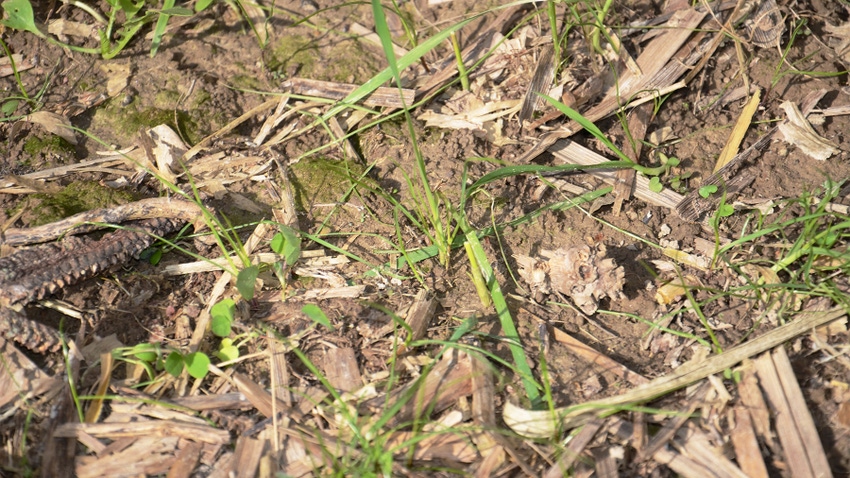March 25, 2024

“Why does everyone always talk about great things with cover crops? No one ever talks about issues and concerns. I tried cover crops, and I had a poor stand.”
If that could have been you speaking, then this column is for you! Problems and setbacks sometimes come with introducing cover crops into your system. But there are ways to overcome or avoid these common concerns.
Let’s start with one of the comments heard most often from beginning cover croppers — poor stands. Here’s a deeper dive into key factors that can result in poor stands right out of the chute:
Herbicide carryover. Plan your cover crop species selection in combination with your herbicide program. Read the herbicide label carefully before you purchase cover crop seed to determine any potential for carryover. Some seed may grow, but the stand may not be up to par. Germination may be slow or spotty within a field. Plan your cover crop species selection early. Be prepared to adapt depending on weather conditions throughout the summer.
Inferior seed. Treat your cover crops like your cash crops. Buy good-quality, high-germination seed. If you raise your own seed or buy locally grown seed, run a germination test. Check for purity and noxious weed seed, too.
Poor seed-to-soil contact. The larger the seed, the better seed-to-soil contact needed. Nothing beats a drill for proper placement. However, an air seeder on a vertical tillage tool is an option. If you spread seed with fertilizer, a very light incorporation speeds germination, especially if rain is not in the forecast. If you aerially apply with an aircraft or high-clearance applicator, you will need rain to get good germination. The closer the application to rain, the better.
Timing of seeding. Perhaps nothing is as important in getting a good cover crop stand as timing. Except for cereal rye, triticale and barley, cover crops should be planted earlier rather than later. For example, in west-central Indiana, oats, radish, annual ryegrass and crimson clover need to be planted by early October for optimum germination and growth. In northern Indiana, the ideal seeding date for these species is mid-September. The later you plant, the more important good seed-to-soil contact becomes. It is also advisable to start increasing seeding rates as you get later into seeding windows.
You need a good stand over the entire field. If you have a stand issue, talk to someone who can help figure out what went wrong. Better yet, have them come out to your farm and walk the field. Spend time figuring out the issue so you can find a solution for next year. Have you ever quit planting cash crops because you got a poor stand? Don’t stop planting cover crops either. Find the problem and continue your soil health journey.
About the Author(s)
You May Also Like






